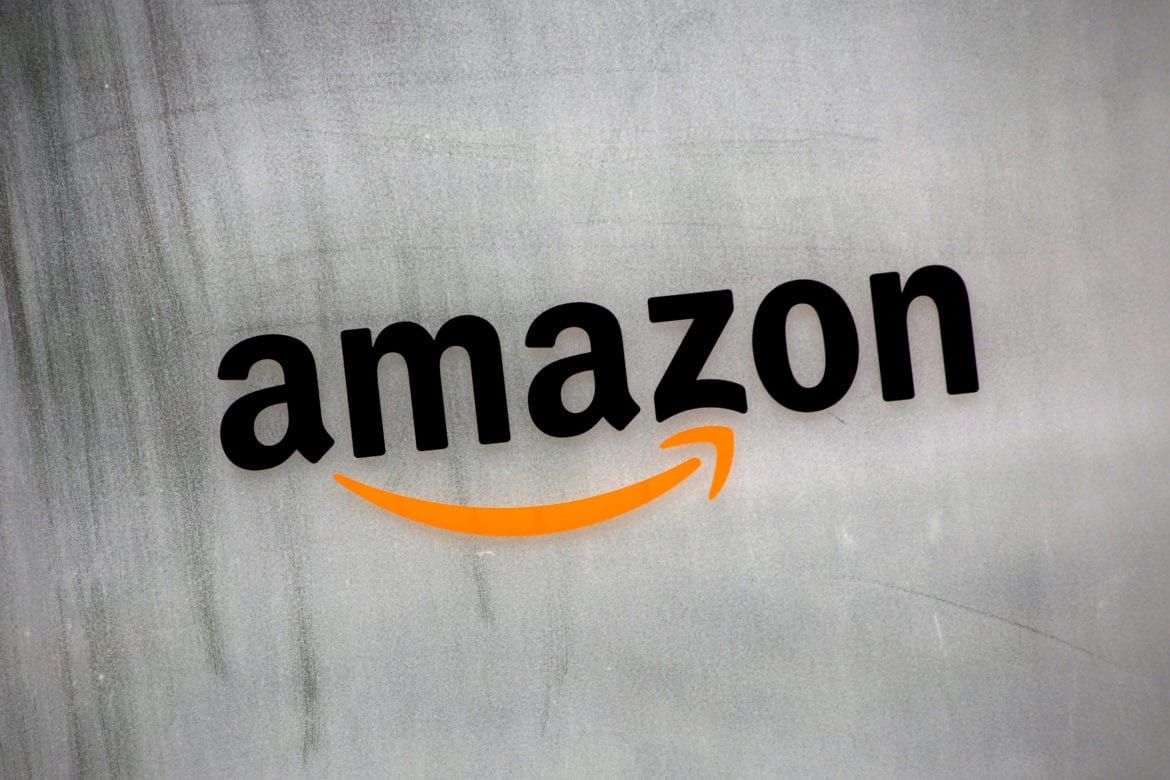|
Getting your Trinity Audio player ready...
|
In September 2018, eMarketer reported that Amazon had become the third largest ad seller in the United States. The firm expects Amazon’s ad revenue to grow by more than 50% per year through at least 2020. The duopoly’s share is expected to reduce from 57.7% in 2018 to 55.9% in 2020, while Amazon’s is expected to increase from 4.1% to 7.0%.
Amazon’s “strong handle on consumer purchase behavior”
These figures don’t yet pose much of a challenge to the duopoly. What matters is Amazon’s ability to target people who shop online. About half of online shoppers start their customer searches on Amazon, and, by 2021, half of the online sales are predicted to be with the business.
Amazon’s strong handle on consumer purchase behavior sets it apart from Google and Facebook in the digital ad market, which has made the company an attractive option for advertisers.
Monica Peart, Senior Director of Forecasting, eMarketer
Publishers stand to gain from this as the company which has 300 million active customer accounts sees value in publisher content and associated audiences. According to Peter Houston, Founder, Flipping Pages Media, “Inherent in Amazon’s appetite for working with publishers is a recognition of the value in the attention of their audiences and publishers are increasingly working to leverage that advantage.”
Content is an important part of the online shopping experience, both in terms of discoverability and in decision making. Publishers can play a complementary and profitable role with Amazon by providing consumers with compelling content like product insights, unbiased reviews, and feature and price comparison tools that help them make buying decisions and offering a seamless way to make purchases.
Tools to help inform content production
Two new tools recently introduced by Amazon for UK publishers look promising in that respect. The tools, Shopping Insights, and Direct Deals will open up Amazon’s wealth of shopper data for publishers.
Shopping Insights will help them view the shopping habits of visitors at Amazon. So when publishers see what their visitors are looking to buy, or have recently bought on Amazon, they can get their editorial teams to produce content to fit that data. This insight-driven content can also then be used by publishers when pitching to advertisers.
An executive at a digital media publisher told Digiday, “It’s exciting in terms of e-commerce data we can get. By ourselves, we don’t know what people go on to buy as agencies don’t traditionally share that data with publishers. If you look at demand-side platforms or any third-party tool like comScore, more often than not the data is inferred when overlapping my audience data. That means publishers don’t necessarily know for certain what items their site visitors are in the market for. With Amazon Shopping Insight at least the publisher knows if their audience actually does buy certain product types which should help us massively to sell into relevant buyers.”
The other tool announced by Amazon is Direct Deals. It allows a publisher to agree to a private-marketplace deal based on Amazon’s shopping data. Details on what specific data that will be haven’t yet been fully disclosed, but one of the options will be for publishers to overlay Shopping Insights data into the PMP offering, which they can do on either a fixed-fee or floor-price model agreed on between advertiser and publisher.
Opportunities for publishers as the duopoly is challenged
Digital media publishers view the development with enthusiasm as they have previously had limited insight into what site visitors are in the market to buy. The move is also regarded by publishers as a welcome opportunity to dent Google and Facebook’s stranglehold on the ad market.
An executive at a major UK publisher said, “It’s a positive Amazon is allowing this, Google doesn’t allow the same for search data yet. But I imagine the fact Amazon is doing this will cause Google to respond. And it will only get better for publishers and advertisers if they [Google and Amazon] start to battle it out.”
There is some caution in the air because publishers do not want to get more dependent on any of the big tech platforms. As an executive at a major news publisher said, “It’s a good step for Amazon to make, but if I plan my strategy around Amazon I’m at the mercy of another company. I need to plan my strategy around news. It would be foolhardy not to work with Amazon, Facebook, and Google, but the biggest problem is you become beholden to them.”
In advertising revenue, both Google and Facebook dwarf Amazon by billions of dollars per year. Yet, Amazon has advantages that few others in media can match. According to business columnist Dorian Benkoil, “Amazon is poised to kick the media industry’s ass, while we’ve all been complaining about the duopoly, it is ‘the giant sneaking in the back door.’” It’s clear Amazon is upping its ad game, causing concern to the duopoly. Yet as Google and Facebook brace themselves for a battle, the wider industry may have reason to celebrate.


